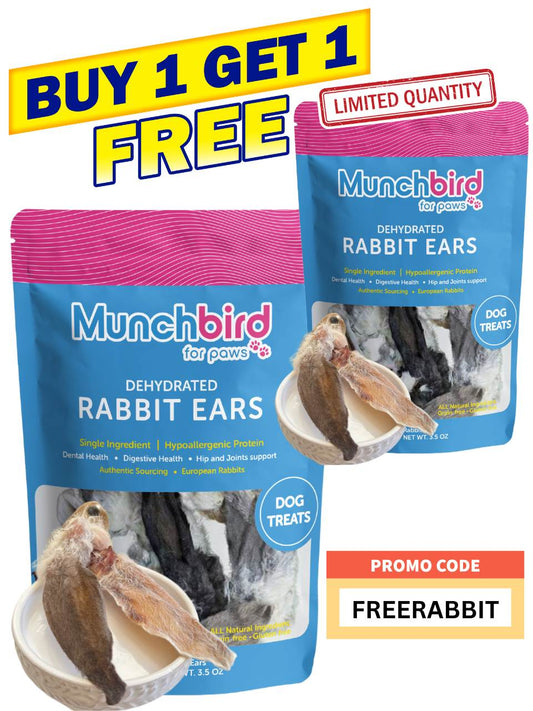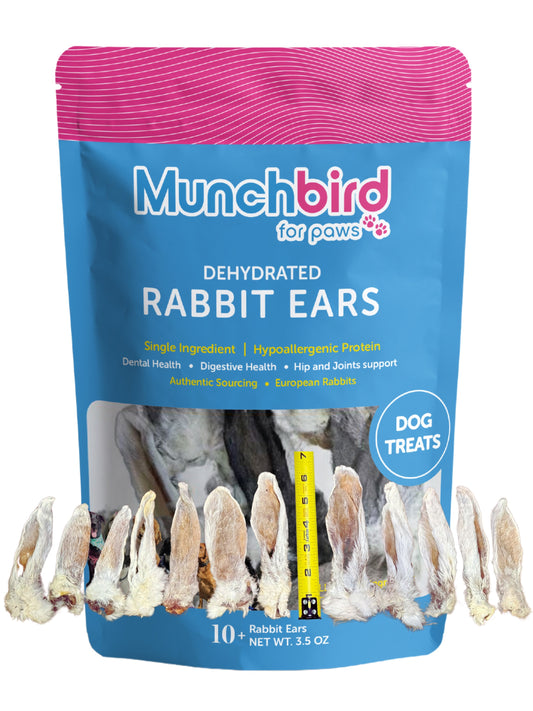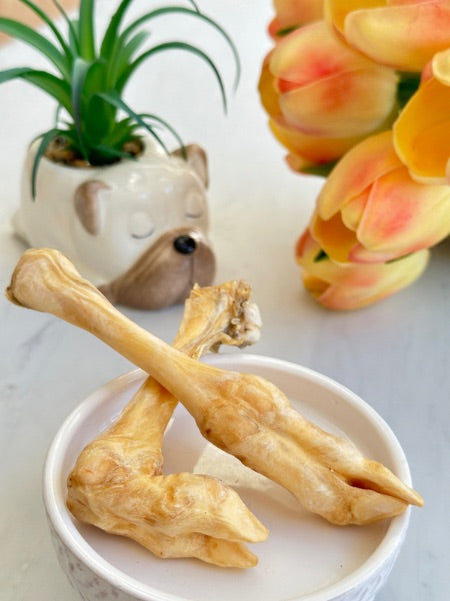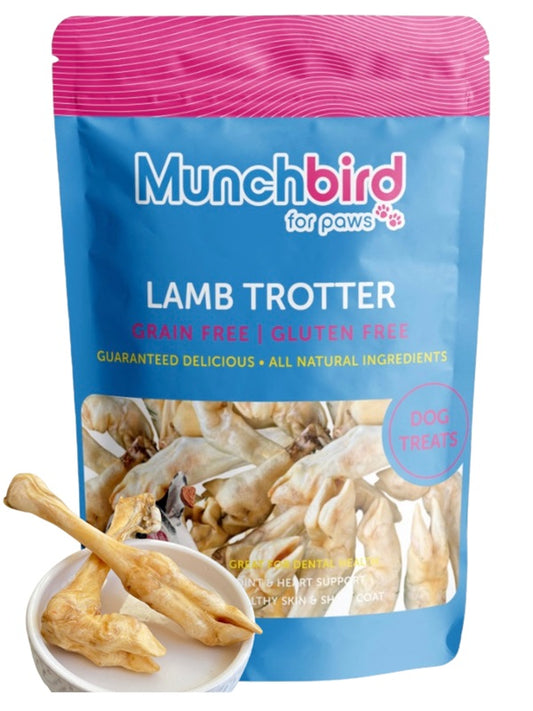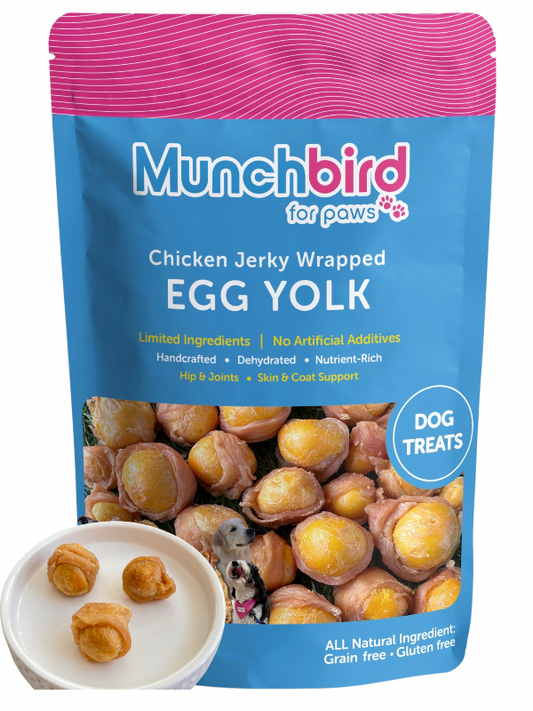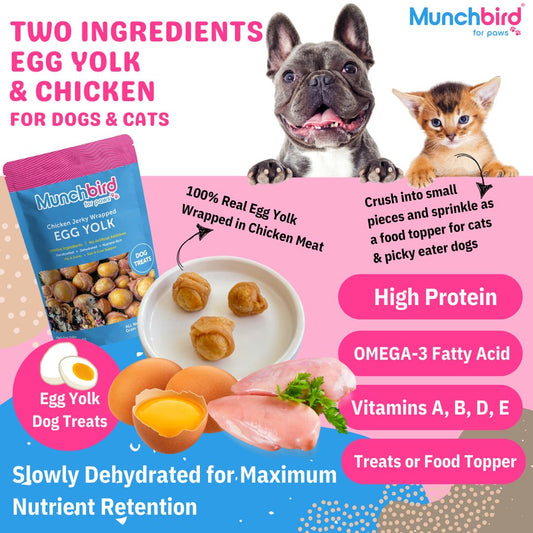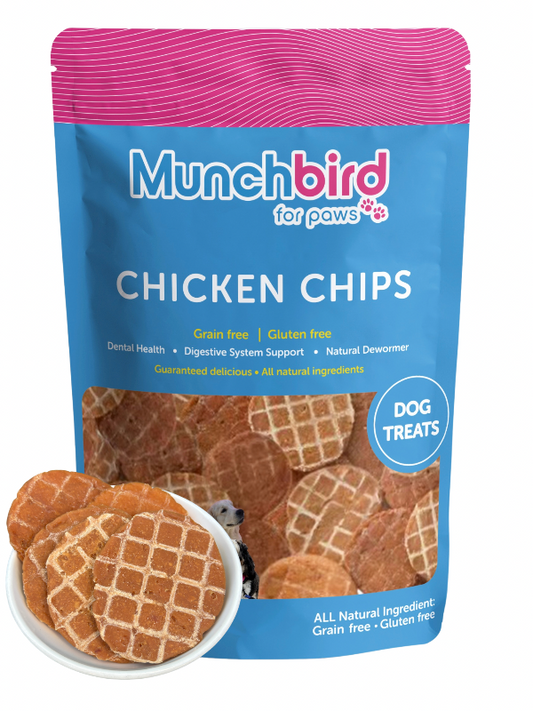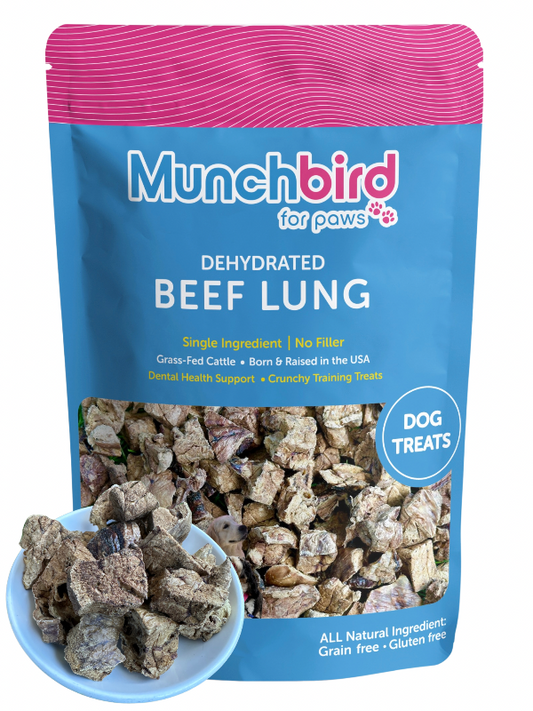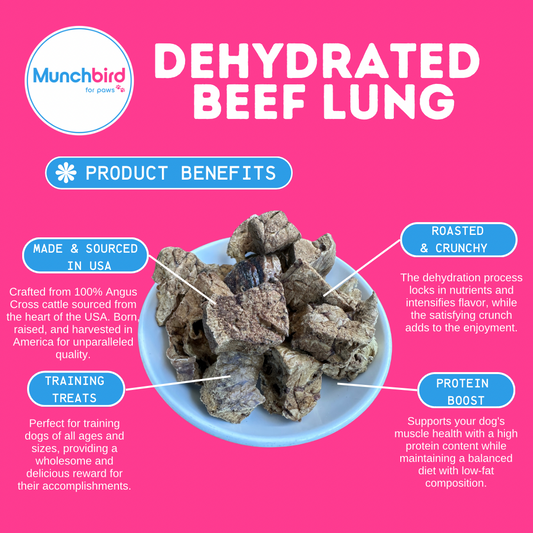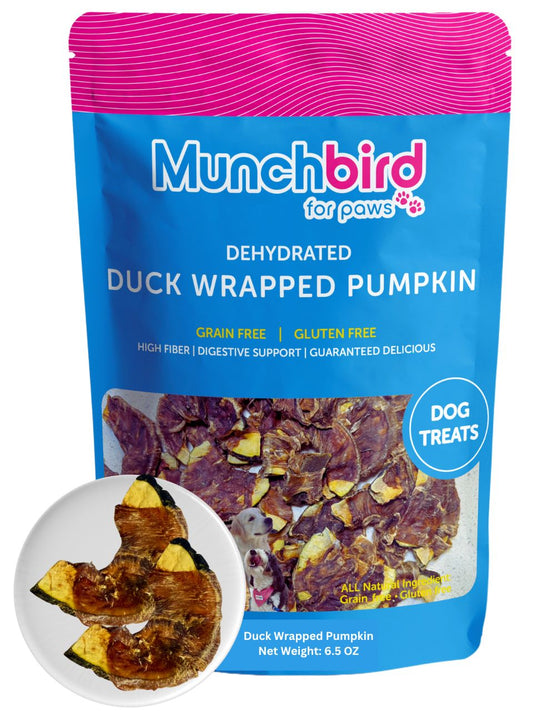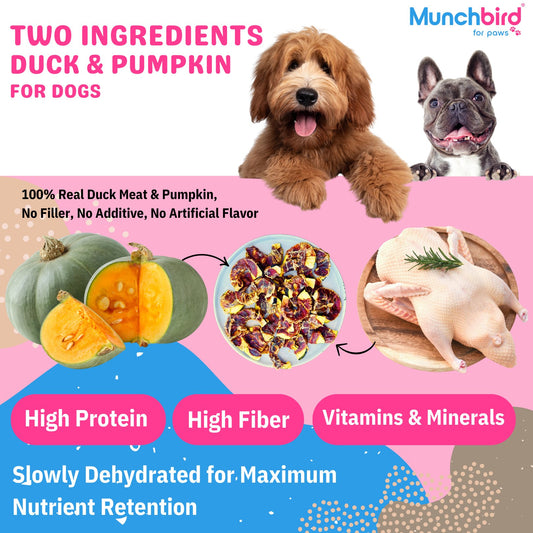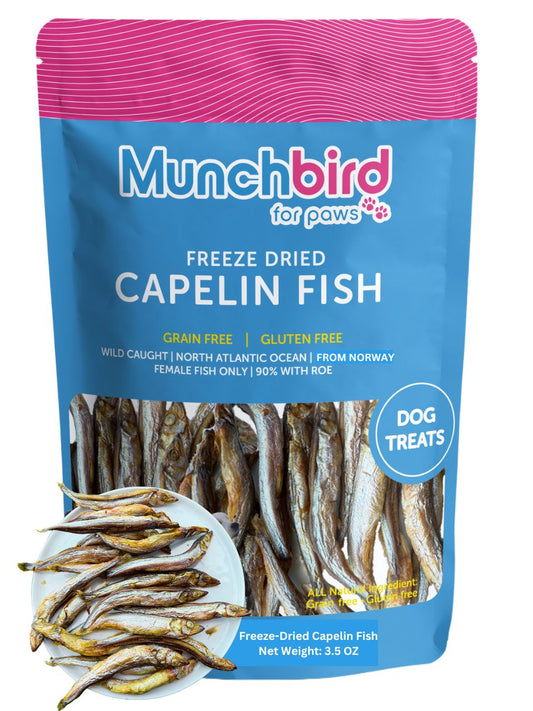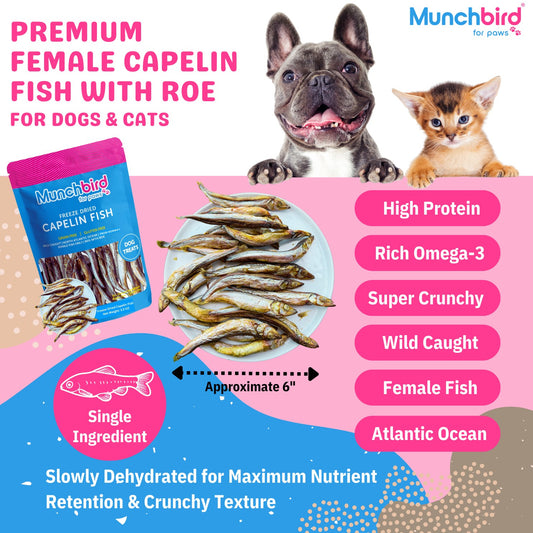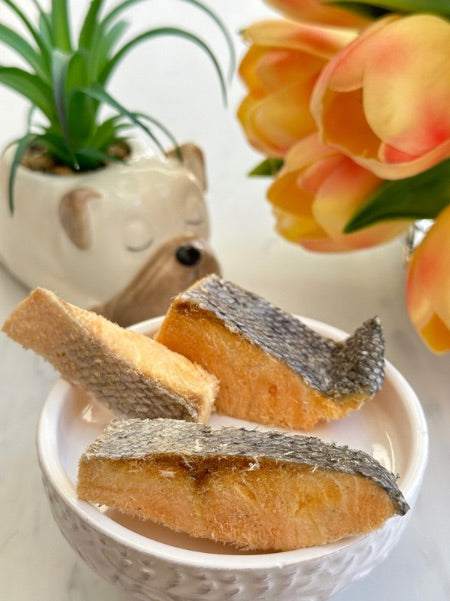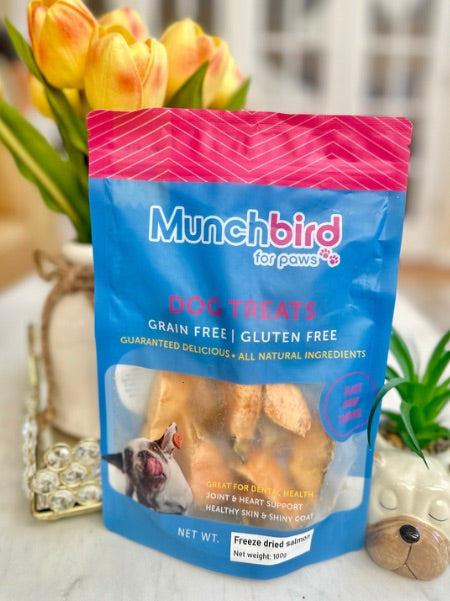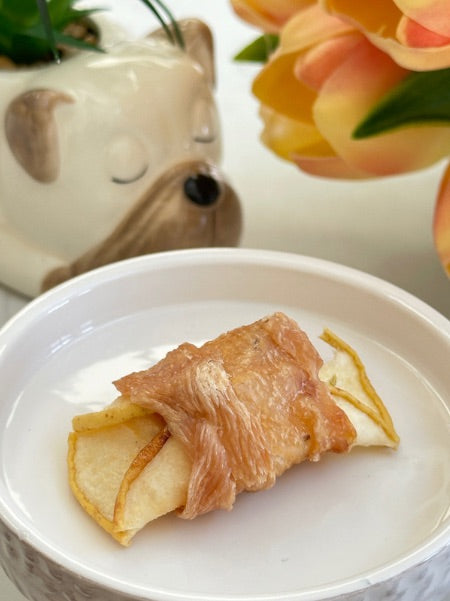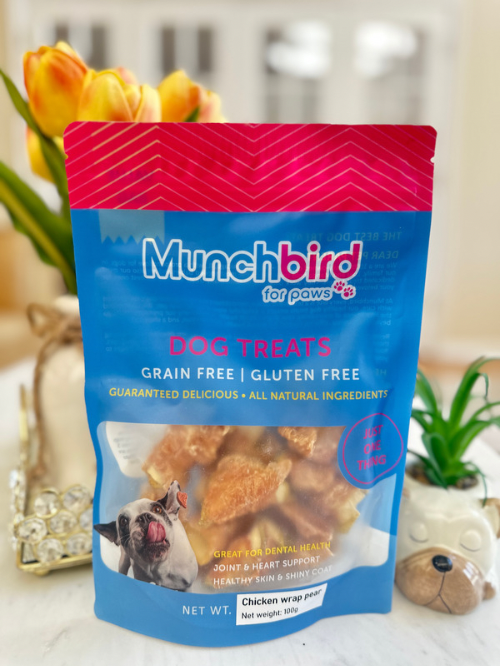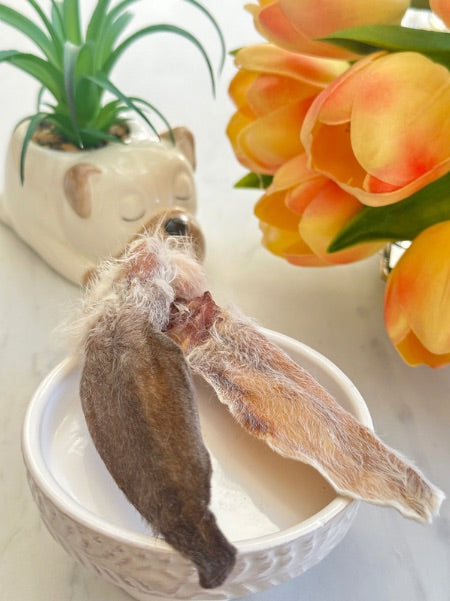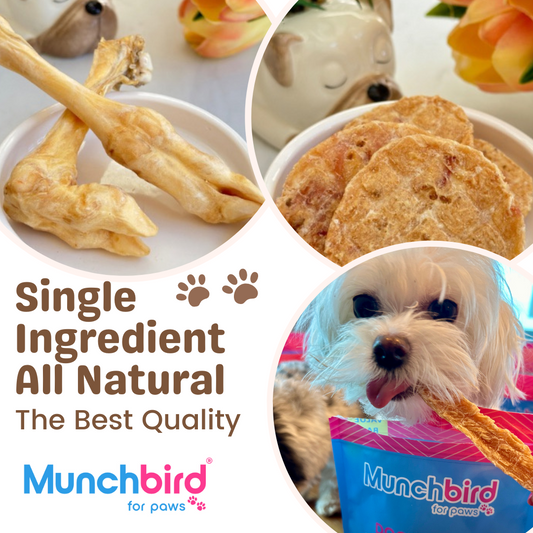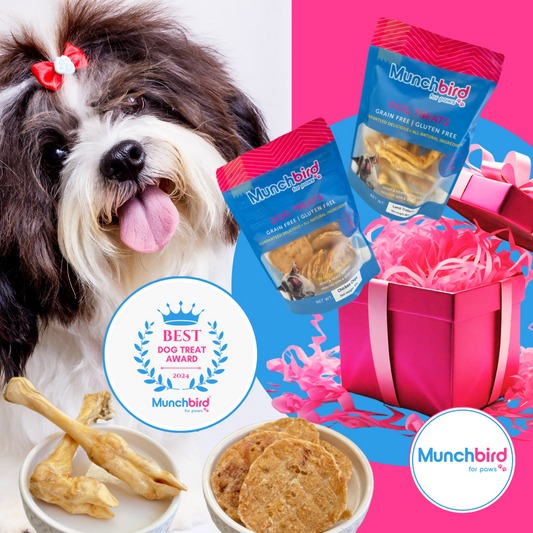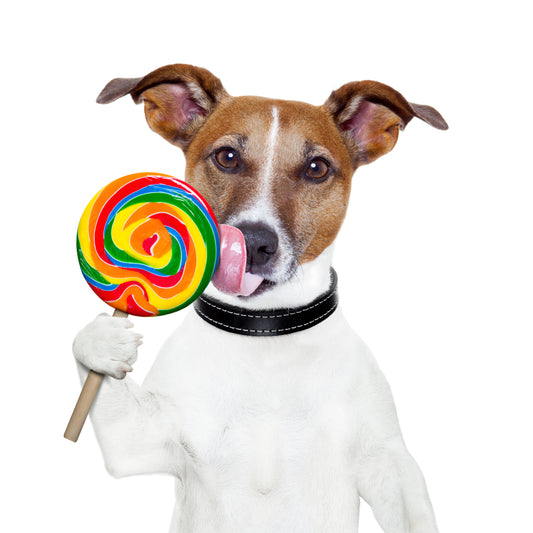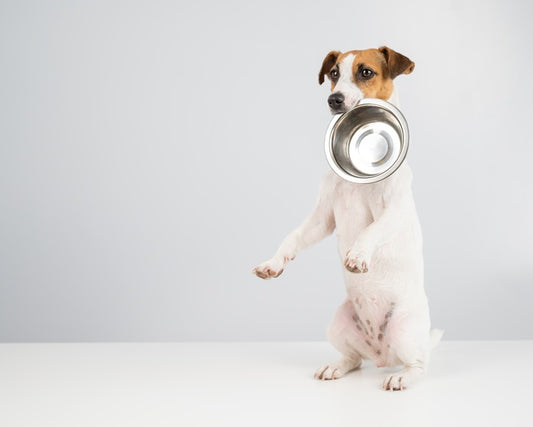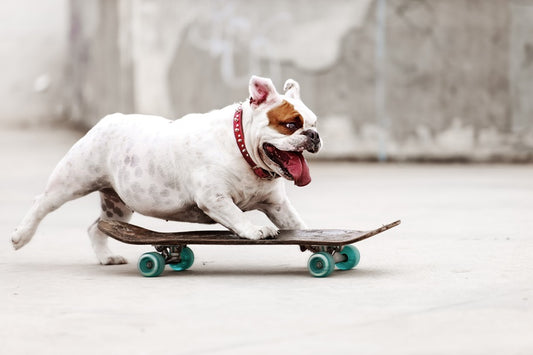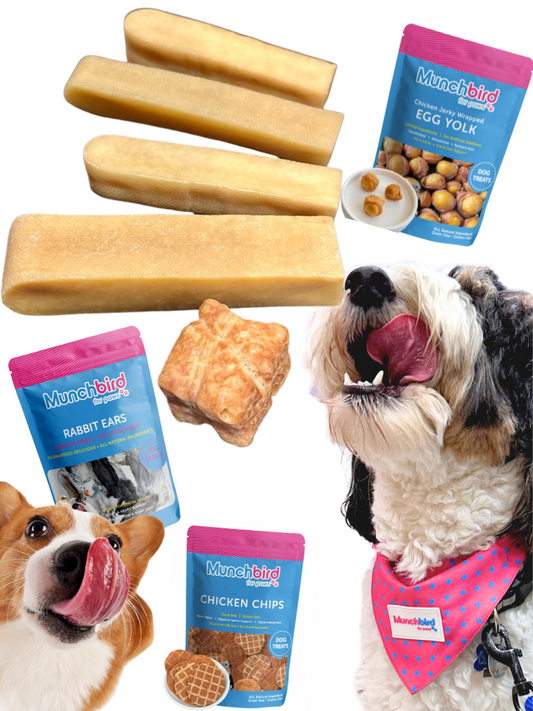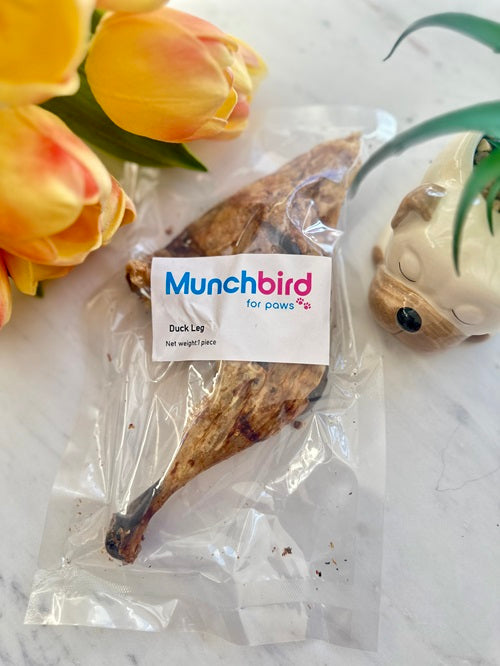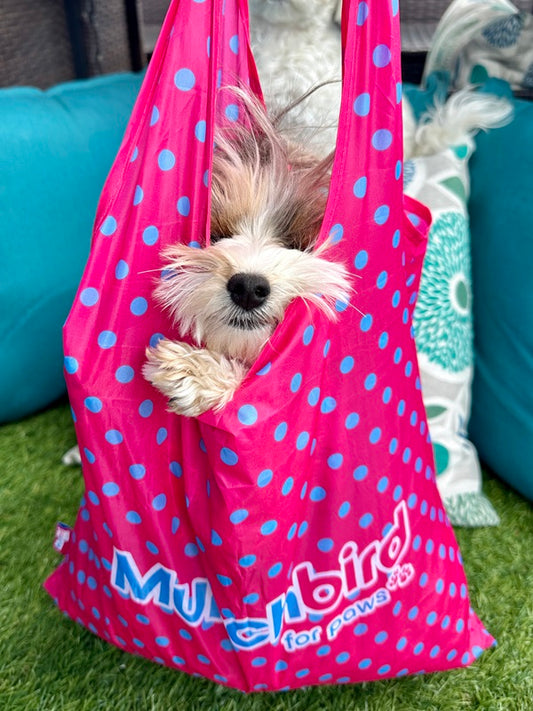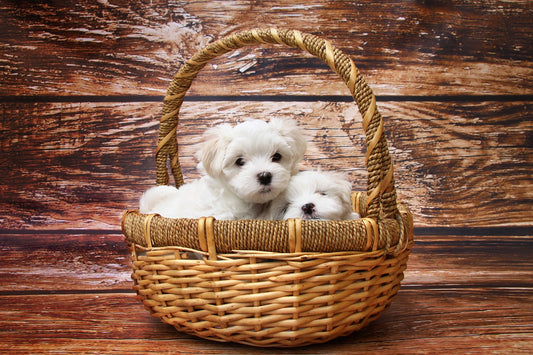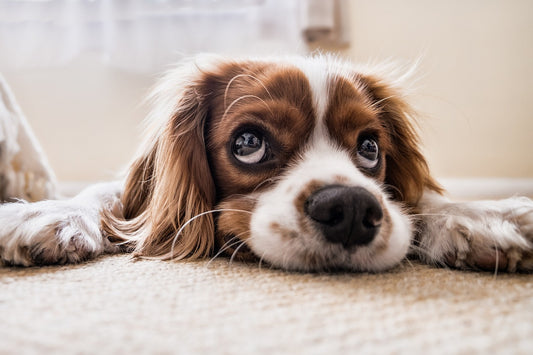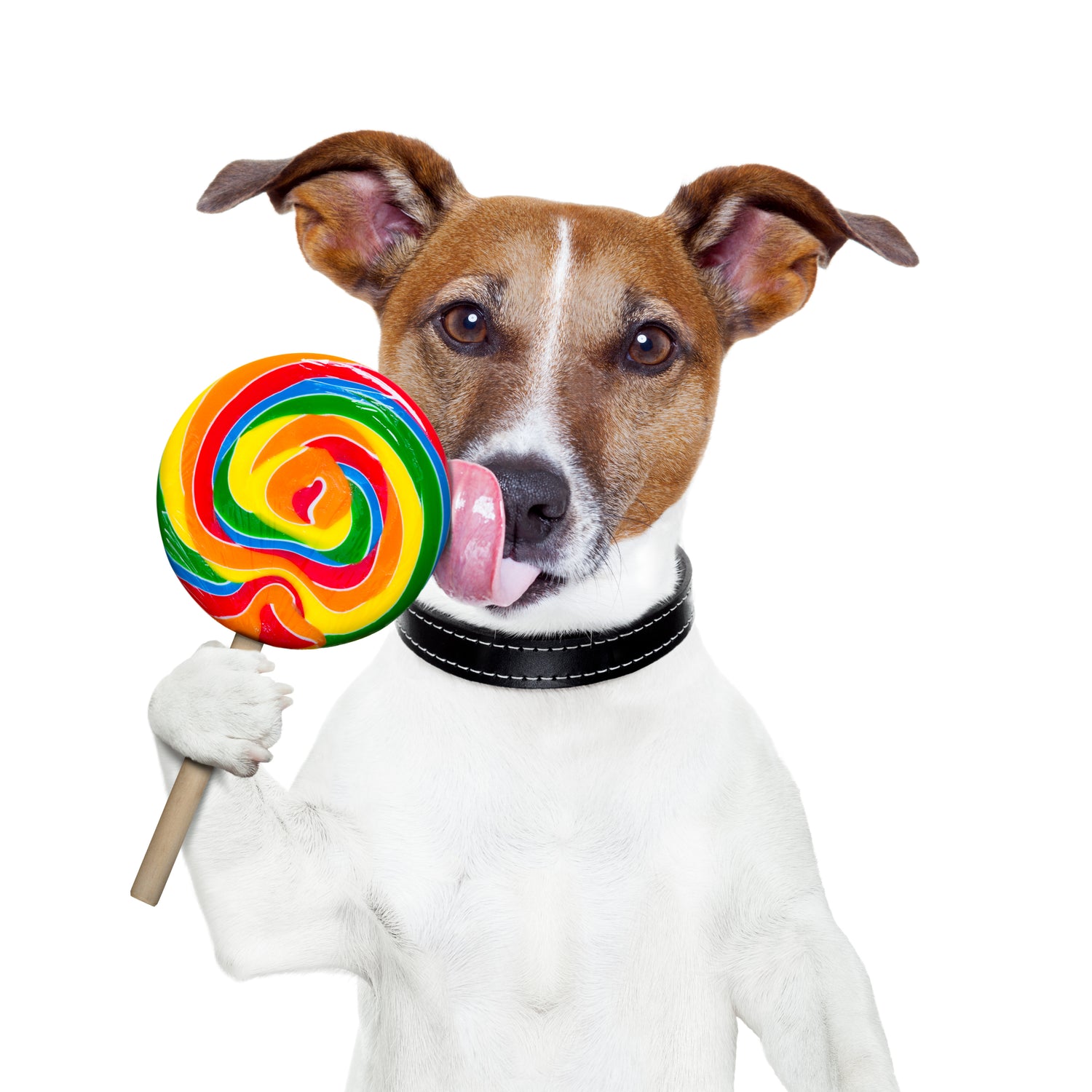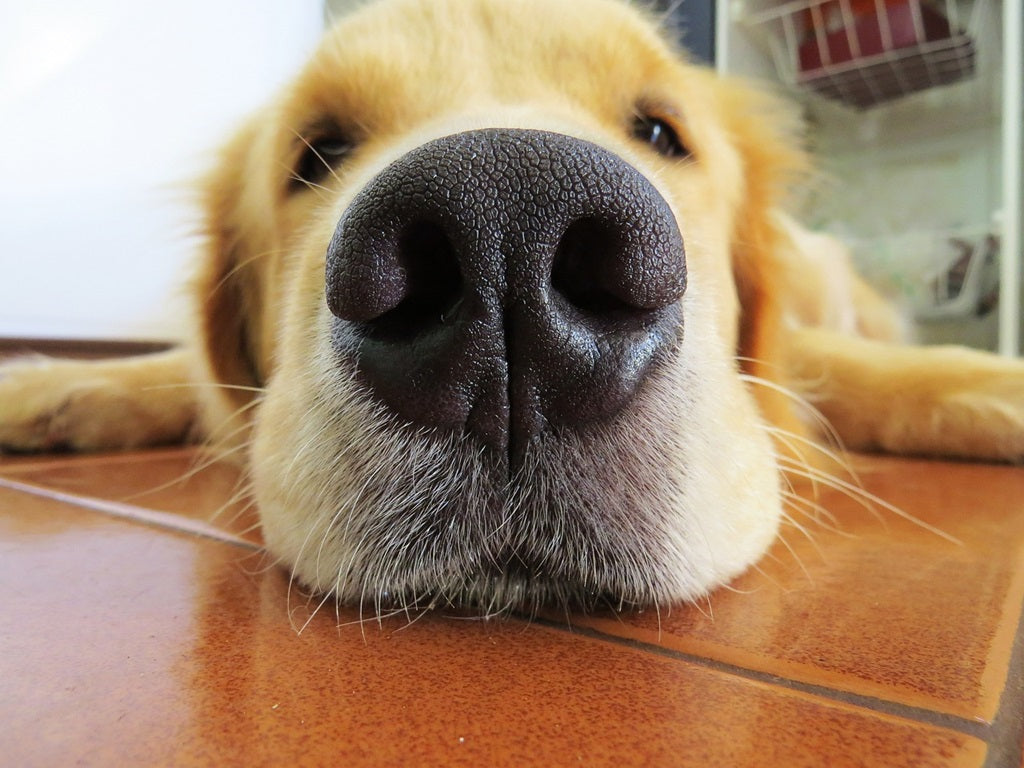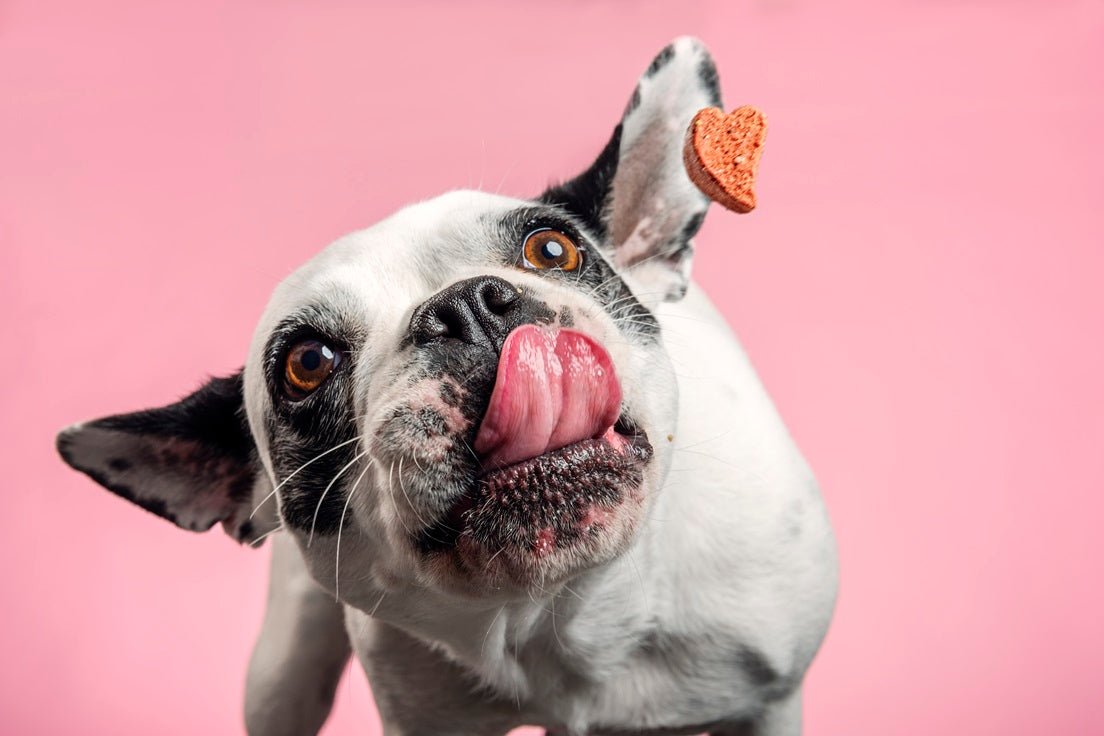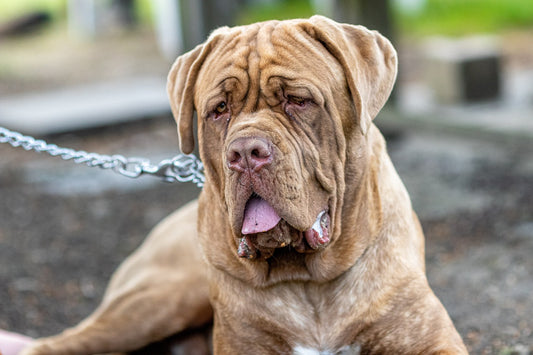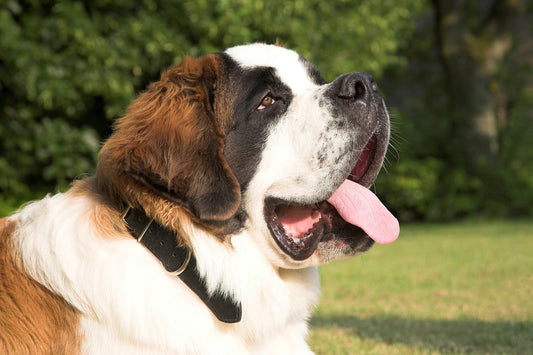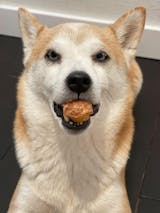 🎉 Limited time offer alert for 2024! Treat your furry friend to our premium Chicken Chips with our Buy 50, Get 1 Free deal. Hurry, this offer won't last long! Upgrade your pet's snacking experience today!🐾
🎉 Limited time offer alert for 2024! Treat your furry friend to our premium Chicken Chips with our Buy 50, Get 1 Free deal. Hurry, this offer won't last long! Upgrade your pet's snacking experience today!🐾
Limited-time Offer: Buy 50, Get 1 Pack Free of Chicken Chips
Use Code: B50G1FREECC Shop Now
Great Danes, with their regal stature and gentle demeanor, captivate the hearts of dog lovers. As potential owners or admirers, a common question often arises: Do Great Danes shed? In this blog, we'll delve into the shedding habits of these majestic giants, providing insights, tips, and the truth behind the perceived shedding myths.
Does a Great Dane Shed a Lot?

Understanding Great Dane Coat Characteristics:
Great Danes boast a short, smooth coat that is generally easy to maintain. Unlike breeds with longer or denser fur, their shedding is typically less noticeable, making them an appealing choice for those concerned about excessive hair in their homes.
Great Danes Shedding Factors:

-
Seasonal Changes:
- Great Danes, like many other dog breeds, undergo seasonal changes in their coats. Understanding these patterns is key to managing shedding effectively. During the transition between winter and summer, Great Danes may experience a natural increase in shedding. This shedding helps them adapt to temperature changes and is a normal part of their biological cycle. By anticipating and addressing seasonal shedding, owners can stay ahead in managing their Great Dane's coat.
-
Regular Grooming Practices:
-
Proper grooming plays a pivotal role in controlling shedding for Great Danes. While their short, smooth coats are generally low-maintenance, regular brushing is essential to remove loose hairs, distribute natural oils, and keep the coat healthy. A soft-bristle brush or grooming mitt is effective in capturing loose fur and preventing it from accumulating around the home. Consistent grooming not only minimizes shedding but also promotes a shiny and well-maintained coat.
-
Impact of Diet and Health:
-
The quality of a Great Dane's diet directly influences the health of their coat and shedding patterns. A well-balanced and nutritious diet contributes to a strong, lustrous coat that sheds less. Essential fatty acids, such as omega-3 and omega-6, play a vital role in maintaining skin and coat health. Additionally, proper hydration is crucial for overall health, impacting coat condition and shedding. By providing a diet rich in high-quality ingredients and ensuring adequate water intake, owners can positively influence their Great Dane's shedding tendencies.
How Much Do Great Danes Shed?
Contrary to common misconceptions, Great Danes are not excessive shedders. Their short coats mean less hair to manage, and with appropriate care, shedding can be kept to a minimum.
Tips for Managing Great Dane Shedding:
-
Regular Brushing: Weekly brushing helps remove loose hairs and distribute natural oils, promoting a healthy coat and reducing shedding.
-
Balanced Nutrition: Ensure your Great Dane receives a nutritious diet, as it directly affects the quality of their coat and shedding patterns.
-
Hydration: Adequate water intake supports overall health, including coat condition and shedding.
Conclusion: In summary, Great Danes are generally considered low to moderate shedders, especially when compared to breeds with longer or denser coats. Understanding their shedding habits, coupled with proper grooming and a balanced diet, allows owners to enjoy the companionship of these gentle giants without being overwhelmed by excessive shedding. Embrace the joy of having a Great Dane, knowing that shedding is a manageable aspect of their care.
 Fueling the Giant: A Guide to the Best Balanced Nutrients for Great Danes
Fueling the Giant: A Guide to the Best Balanced Nutrients for Great Danes
 How Long Do Great Danes Live?
How Long Do Great Danes Live?
All-Natural Healthy Dog Treats Options for Your Fur Babies:
Munchbird Rabbit Ears: Naturally low in fat and high in protein, these rabbit ears are a nutritious and delicious snack that can help soothe nervous dogs.
Benefit of Rabbit Ears with Fur: act as Natural Dewormer, Natural Toothbrush, aids anal gland health
Dried hairy rabbit ears with fur may not look appetizing as dog treats, dissuading some owners from offering them. However, feeding your dog hairy rabbit ears a few times weekly can provide significant long-term health benefits.While rabbit ears without fur are available, the furry variety offers unique advantages. The fur acts as a valuable source of fiber, aiding digestive health by helping to cleanse the digestive tract of undigested food residue, worm and parasite eggs, and other undesirable substances. (more details: Munchbird Rabbit Ears: Naturally low in fat and high in protein, these rabbit ears are a nutritious and delicious snack that can help soothe nervous dogs.)
Munchbird Rabbit Ears with Fur
Express anal glands naturally:
The fur on rabbit ears, being an indigestible fiber, helps firm up your dog's stools. This firmness aids in naturally expressing your dog's anal glands, as the firm stools press on the glands during exit, helping to keep them clean.
Natural Dewormer:
The scouring action of the fur passing through the intestines serves as a natural and effective dewormer, brushing away worms and eggs that may reside in your dog's digestive system.
Natural Toothbrush:
The fur on rabbit ears acts as a natural toothbrush, helping to clean your dog's teeth. When eaten, it dislodges surface plaque from the teeth and gums and naturally flosses between the teeth.




